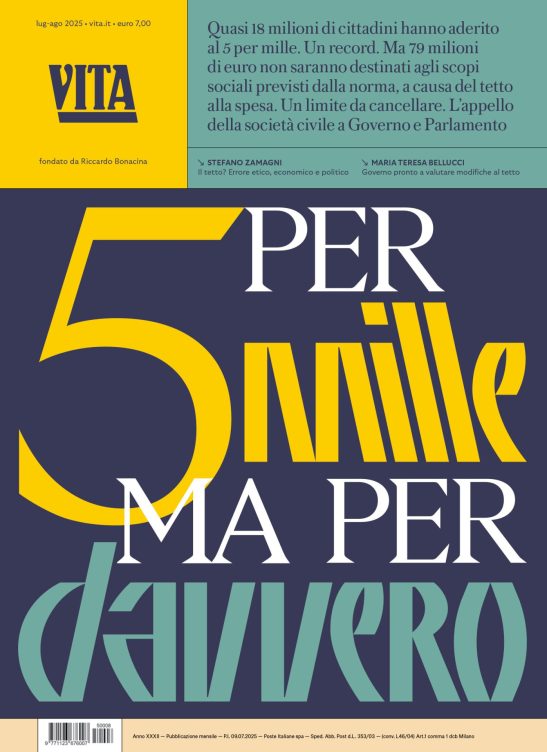Non profit
Hungary: new challenges for the third sector
Aron Barabas of European House will give a speech on this topic at Civitas on Sunday May 6th. The main point of the speech
Talking points for Vita presentation
at Civitas
Padua, 6 May, 2007
Presentation of Áron Barabás, European House, Hungary
1.Development of the Hungarian nonprofit sector
-after 1989 significant increase in numbers of civil society organisations
-today over 50 000 registered civil society organisations,
-from quantity to quality: after a decade the increase in numbers slowed down and organisations started to work increasingly professionally (due to project-based operation)
-financial support to organisations (state etc.) important: lack of capital, investment income;
-compact-type (government-civil society) arrangement under discussion as part of a government strategy on civil society
2.Financial schemes assisting CSOs
a.1 per cent scheme
-established by law in 1996 (Act CXXVI of 1996 On the Use of a Specified Amount of Personal Income Tax)
-taxpayers can allocate 1 per cent of their income tax to a civil society organisation of their choice
-+1 per cent to churches since 1998
-Problem: only 66 percent of possible amount used (allocated by only 33 per cent of taxpayers)
b.National Civil Fund
-basic idea: to use the remaining part of the 1 per cent scheme
-National Civil Fund established after consultations in 2003 by law
-Financial background: equal amount of the actual 1 per cent allocations
-Why innovative? Elected civil society representatives are in majority in the decision-making bodies (colleges and council).
Vuoi accedere all'archivio di VITA?
Con un abbonamento annuale potrai sfogliare più di 50 numeri del nostro magazine, da gennaio 2020 ad oggi: ogni numero una storia sempre attuale. Oltre a tutti i contenuti extra come le newsletter tematiche, i podcast, le infografiche e gli approfondimenti.
